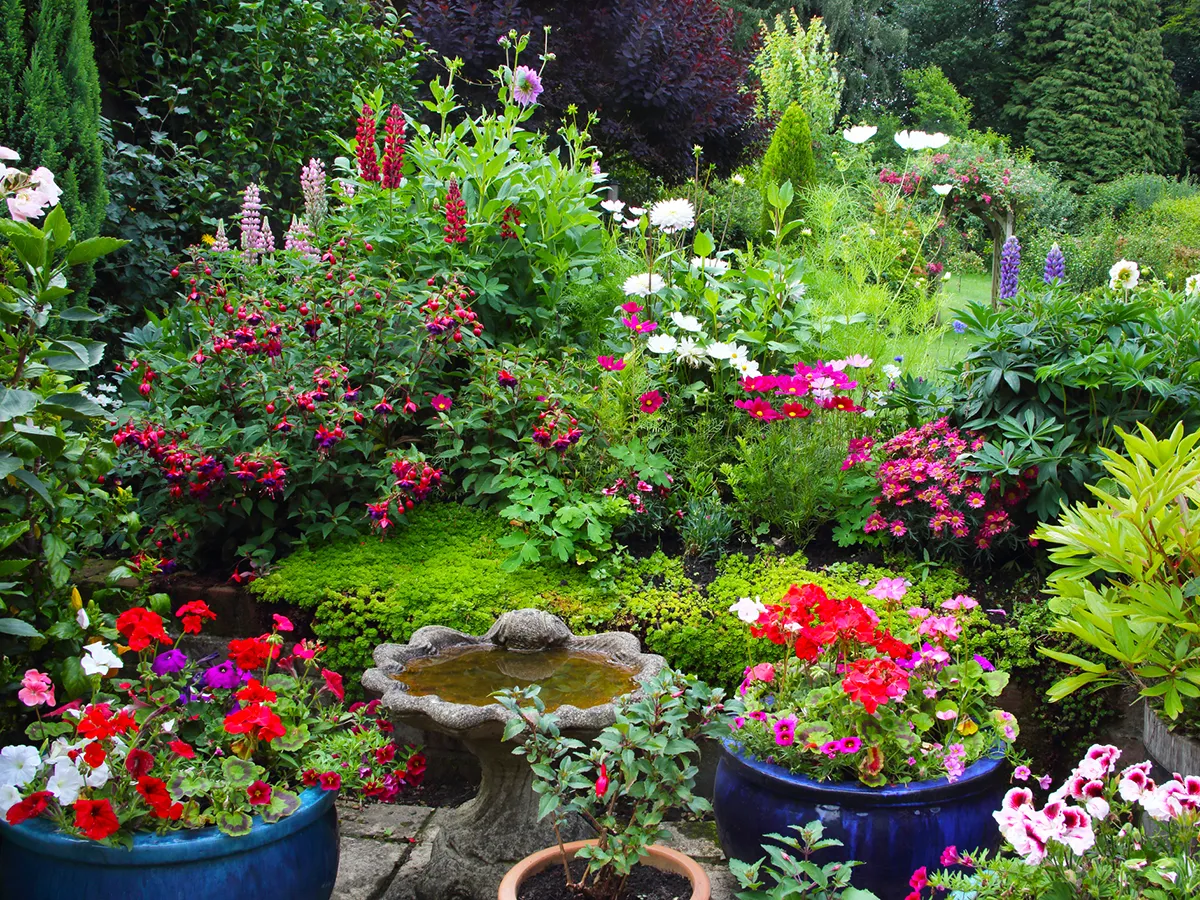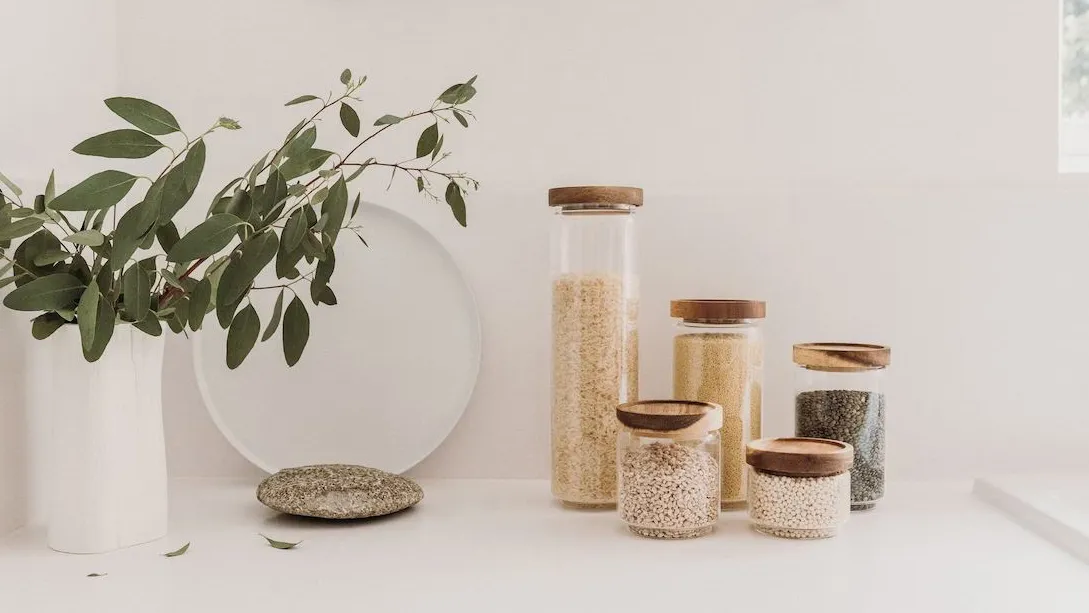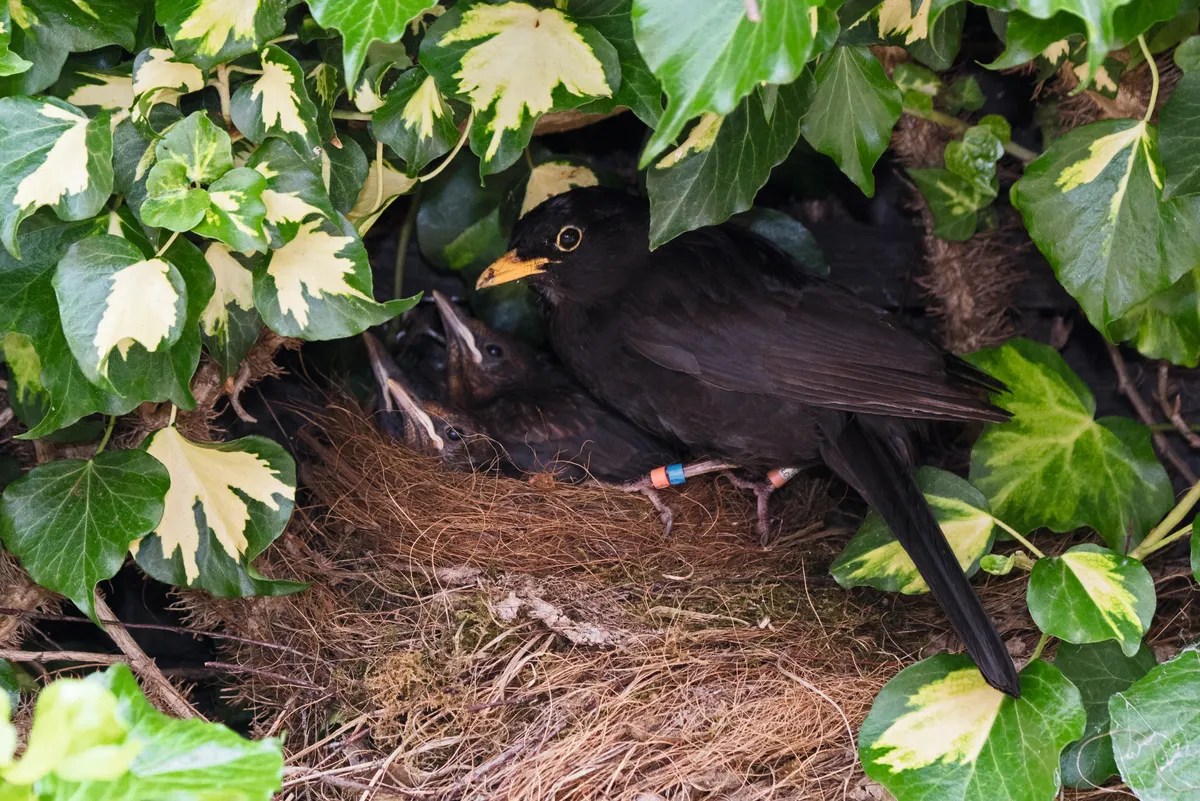Eco garden ideas: 5 tips for an environmentally friendly space
Our outdoor spaces, no matter how small, can play a vital role in helping the environment. They can attract and protect wildlife, grow important native plant species and provide us with fresh, healthy vegetables and fruit.
A balcony with potted produce or even a sunny windowsill full of bee-friendly plants can play a part in helping the environment. And if you're lucky enough to have a larger expanse of greenery, you can do even more to help! Read on for our ideas for creating an eco-friendly outdoor space. Don't have a garden? Read our indoor gardening tips here
Main image credit: Protek Matt Leigh Gardens 3
How to create an eco garden
1. Grow native plants

When deciding which flowers and shrubs you'd like to fill your garden with, opt for native species. They will not only be easier to grow and maintain, but they'll encourage essential pollinators like bees and butterflies. As native plants are grown in this country, you'll also be cutting out harmful carbon costs that come with transporting foreign species.
2. Reduce and reuse
Although helpful, plastic plant pots come at a harmful price. 500 million plastic plant pots are used every year in the UK (BBC), and as we know, plastic doesn't go anywhere; it piles up on landfills and fills our oceans. Recycling is an option, yes, but the best approach to reducing plastic is to stop buying it altogether.
Luckily, there are many brands now that produce eco-friendly plant pots, made from bamboo, hemp and even coffee husks! You can also reuse yoghurt pots and toilet rolls for seed propagating, and of course, reuse your existing plastic plant pots again and again.
More eco-friendly ideas
- How to create a butterfly garden
- 10 of the best refillable cleaning products
- 16 ways to make your home eco-friendly
- How to make your own cleaning products: 5 eco-friendly recipes
- How to have an eco-friendly declutter
- Where to buy eco-friendly paints
- Sustainable packaging material: 8 eco-friendly ideas

3. Install a compost bin or compost heap
Composting food and garden waste is super environmentally-friendly and it provides a great soil improver for your plants and flowers. Things you can put in your compost waste include fruit and vegetable scraps, coffee and tea grounds, crushed egg shells, grass cuttings, dried leaves and shrub cuttings.
If you have a small garden or balcony, fitting a compost bin in will be tricky. As an alternative, you could try worm composting instead, which requires less space.
If you're buying compost directly for your plants, make sure to choose peat-free compost. Peat extraction is highly damaging to the environment. Peat bogs are vital carbon stores, in fact, the world's peat bogs hold more carbon than the forests of Britain, Germany and France combined! We recommend For Peat's Sake compost but there are lots of others to choose from too.
4. Attract wildlife

There are plenty of ways to attract wildlife to your garden or outdoor space. Bug hotels, bird feeders, bird baths and birdhouses, and hedgehog homes are just a few ways of helping and protecting our native wildlife. If you have an enclosed, fenced garden, you could create a small hole to allow hedgehogs to pass through easily too.
Planting pollinator-friendly plants is another great way of attracting bees and butterflies and planting hedgerows and trees will create a safe place for nesting birds.
A pond will create a home for amphibians such as frogs and toads, and will also provide a place for birds and larger mammals to hydrate and clean themselves. If you are tight on space, try a large water bowl or birdbath instead.
5. Grow your own produce
Growing your own fruit and vegetables is rewarding on so many levels - you get fresh, healthy, delicious (and affordable!) produce plus you cut down on imported foods that use tonnes of carbon through transportation.
Got a patio garden or balcony? Grow produce in pots! Herbs, lettuce, strawberries, tomatoes and potatoes are just a few foods you can grow in pots. If you don't have an outdoor space, you can use an indoor greenhouse instead.

